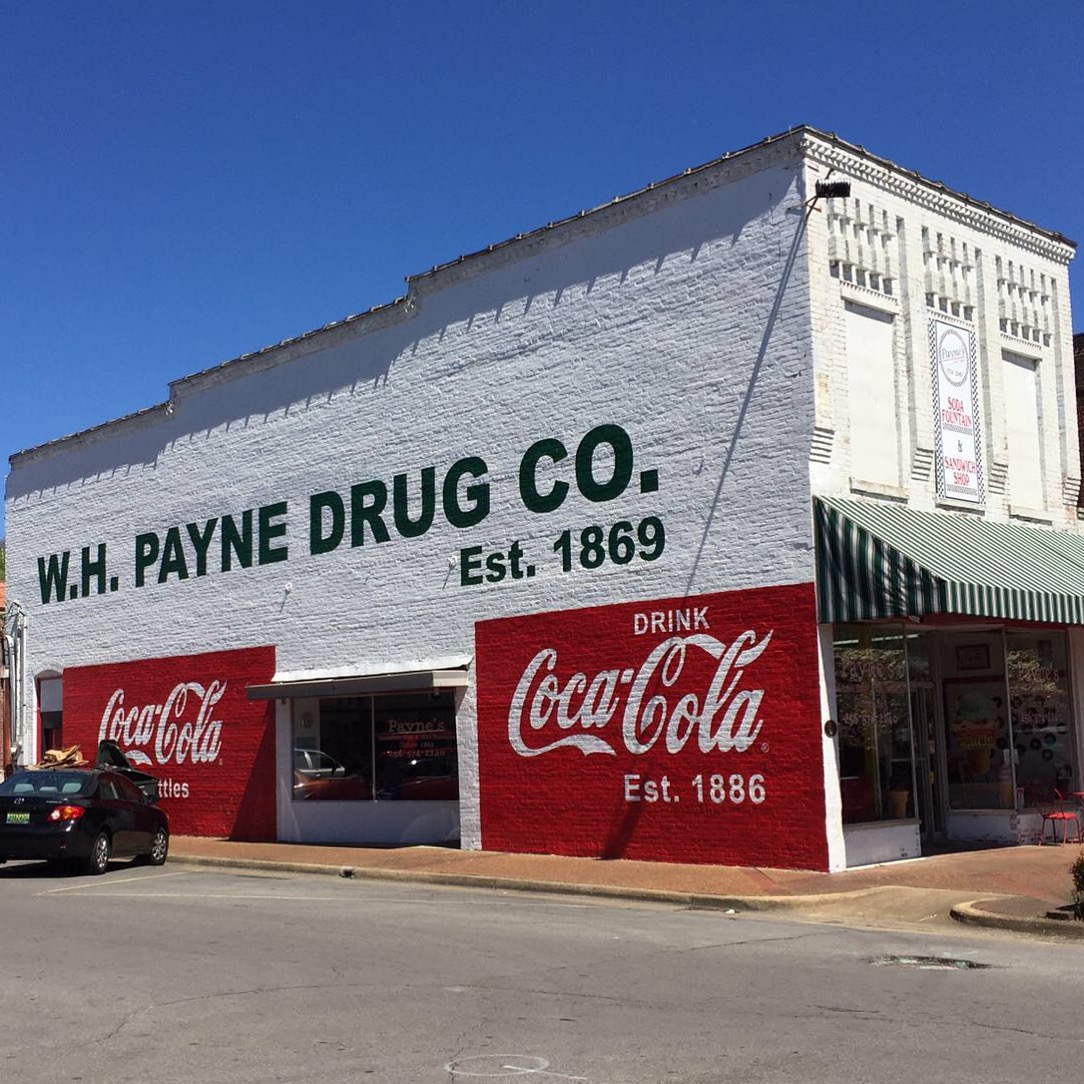5 lessons I learned from my road trip in the US
Here are 5 lessons I learned from my recent road trip through the United States. They may confirm or refute what I wrote in “My biggest culture shocks in the United States”. For two weeks, I got off the beaten path and explored for miles and miles. I carted my children away from the more “touristy” places and set out to discover further inland. Now, 2800 miles later, I have amassed a wealth of new experiences that have influenced how I think about the United States.
[nwm_map]
Lesson #1 from my road trip in the US: Time isn’t always money
In contrast to the large cities of the East Coast or California, life does stop at reasonable hours, in my opinion. Small businesses close early, like the hairdresser in Kentucky who messed up my color (gr…), whose hours were 9:00am to 5:00pm. The chain stores and shopping centers remain open until 9:00 pm or 10:00 pm, but they aren’t as busy as the ones in Washington, DC.
In Lexington, the rush hour to escape the city begins before 4:oo pm. By 6:00 pm the major roadways are calm, as everyone has already made it home. The neighbors living next to our AirBnB got home around 5:30pm. Saturday morning traffic was more than fluid, which is not always the case in Washington.
Lesson #2 from my road trip in the US: The downtowns are deserted
Driving on the highway is boring. Sometimes hotels appear out of nowhere on the edge of the highways. These buildings grow like mushrooms near the major exits: they are surrounded by the desert, and fast food joints like Chick-Fil-A, McDonald’s, or Arby’s… This is a phenomenon we haven’t understood for a long time.
I had to leave the highways in order to understand this logic. Take Frankfort, Kentucky, for example.
Frankfort is the small state capital with less than 30,000 residents. It has a Capitol building, a historic downtown and a few very nice boutiques, which are D E S E R T E D. There was absolutely nobody around; it was like being in a ghost town. As soon as we left for Nashville, we discovered civilization. There were supermarkets, fast food chains and other stores such as DIY chains, sporting goods, mattresses etc. adorning the left and right sides of the roads accessing the highway.

My hometown of Parthenay, in France, faces a similar problem: the downtown is emptying, and the stores are closing one after another and moving into the shopping centers built around a supermarket.
I would think the reasons are different. If someone can explain why this has happened in the United States, feel free to leave a comment at the end of this post.
Lesson #3 from my road trip in the US: Spanish is definitely everywhere
I drove through states with differing demographics, and with nothing in common with Washington, DC or Maryland. I did some searching on the US Census website, which is an incredible source of statistics for everything about the United States. I strongly encourage you to check it out! However, the US Census didn’t provide any figures that would explain the prevalence of bilingual signs (English-Spanish) in some stores and public buildings.

I took the attached photo in a Walmart in Nashville, Tennessee. According to the US Census, only 1.6% of people in Nashville are Hispanic. There’s no comparison to the 9.3% in Maryland, the 10.4% in the Capital and the 8.9% in Virginia. In the United States, 17.4% of the population claims to be Hispanic.
Walmart is probably following a corporate policy applicable to all its subsidiaries. I also saw, however, a poster in Spanish at the Birmingham Civil Rights Institute. In that city, only 3.6% of the residents are of Hispanic origin.
Lesson #4 from my road trip in the US: Not all Americans speed!
I discussed this subject in great detail in the post “10 Reasons Why Americans Don’t Know How to Drive”. Without going so far to say that Americans do indeed know how to drive, I did enjoy driving through Kentucky, Tennessee and Alabama. I drove less in Georgia and South Carolina as my husband had joined us near the end of our trip. But even in Atlanta, Georgia, a city with more than 5 million people, driving on the city’s belt highway system is easier than in it is in DC or Boston.
Changing lanes around Washington DC is a dangerous game! The Beltway (that’s the name of the peripheral highway around Washington) has six, even seven lanes in places. The I95 leading to New York has four. Everyone passes everyone else. Cars pass other cars and trucks. Trucks pass trucks…and cars. Passing happens on the left, but also on the right.
When I had to take my test to validate my German driver’s license, I learned that passing on the right is prohibited in Maryland (it’s the state in which I live). In practice, nobody adheres to this and the police tolerate it. To see a truck almost completely in the left lane is very commonplace. Driving in the middle lane while trucks pass me on both sides stresses me out, but it happens frequently. And especially, especially this: other drivers don’t let you change lanes! If you signal to change lanes to the left or to the right, they automatically accelerate to impede you from doing it, while honking their horns and flashing their headlights at you.
There was none of this during our trip. There are two-lane highways, except when nearing the large cities (Atlanta, Nashville, Charleston) and the drivers respect it when you signal to change lane. In short, it’s very similar to driving in Germany, just with less speed.
Lesson #5 from my road trip in the US: German heritage also exists deep in Alabama
To conclude, I would like to return to the United States’ German heritage. Look at this poster I photographed in the US Space & Rocket Center in Huntsville, Alabama. This pretty little German girl is definitely in Alabama’s image!





I love this and learned a few things. I’ve taken a few road trips in the US but mostly East Coast, north to south, and no cross-country drives. My husband would love to one day. 😉 Anything over a 4-hr drive makes me antsy so we’ll have to find a compromise. With lots of stops.
I’m done with driving for one year at least! Road trips are great, but driving alone made me crazy.
Wieder ein schöner und informativer Bericht über Ihren Roadtrip durch die USA, speziell das etwas weniger bekanntere und mit deutlich weniger Einwohnern pro qkm. Ich kenne noch andere Länder von meinen Reisen wom um 1700 Uhr die Bordsteine hochgeklappt werden und es ist auch in Deutschland auf dem “platten” Land so, wie in den ländlichen Regionen der USA. Da gibt es kaum nennenswerte Unterschiede. Im deutschen Autoverkehr sind mir im Laufe meiner fast 30-Jährigen Fahrpraxis mehr als genug Autofahrer begegnet, die nicht autofahren können. Was in Deutschland noch als Gefährdung dazukommt ist hohe Geschwindigkeit die oft zum Unfall führt. In den USA gibt es sicherlich auch sehr viele Menschen die nicht so gut Auto fahren können, aber meiner Erfahrung nach sind sich zwar unsicher, aber sie sind dabei vorsichtig und fahren deutlich langsamer und so können viele Unfälle vermieden werden.
Ich bin heute heil froh, dass die Geschwindigkeitsbegrenzung so niedrig ist: meine 16-jährige Tochter hat gerade ihr Learner-Permit gemacht und darf begleitet fahren. Da wir, Eltern, diejenigen sind, die ihr das Fahren beibringen, schont es meine Nerven, dass sie nicht schnell fahren kann!